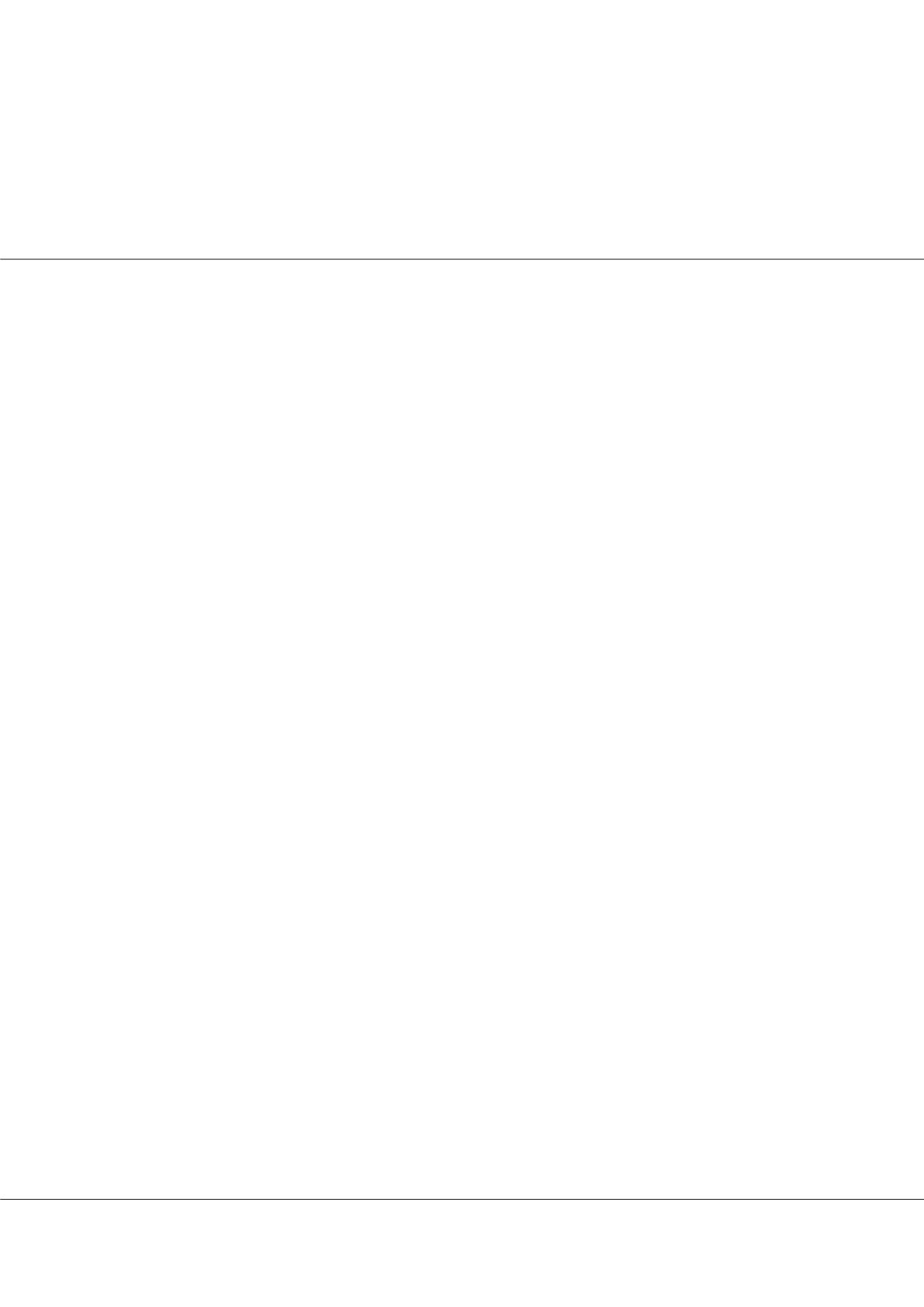

Page 59
Notes:
Volume 4, Issue 2
American Journal of Ethnomedicine
ISSN 2348-9502
Natural Products Congress & World Pharma Congress 2017
October 16-18, 2017
3
rd
World Congress on
NATURAL PRODUCTS CHEMISTRY AND RESEARCH
&
12
th
WORLD PHARMA CONGRESS
October 16-18, 2017 Budapest, Hungary
Review and evaluation of regulatory process in not of standard quality drugs in India in comparison
with Europe and USA
Umesh S, H V Raghunandan
and
Balamuralidhara V
JSS University, India
N
ot of standard quality drugs may end up in the status of not meeting the compendial requirements or standards as
prescribed. India has pharmaceutical regulatory policy to handle such cases.There is a need to compare with the regulation
procedure of FDA’s of countries like USA, Australia, Singapore, European Union and other countries, is of vital importance,
for incorporation of better regulatory procedures, if any, into our system. This process will help India to come up with various
newer innovated processes followed in the western world to adopt. This in turn will help the country to carve a better draft
policy to counter the not of standards medicine and pharmaceuticals. The Drugs and Cosmetic Act 1940 and rules 1945 has
provision to deal with such kind of issues, however there is a need to design newer methodology and process to identify,
regulate, enforce not of standard quality pharmaceutical products. The Indian pharmaceuticals market is the third largest
in terms of volume and thirteenth largest in terms of value, as per a report by equity master. India is the largest provider of
generic drugs globally with the Indian generics accounting for 20% of global exports in terms of volume. Of late, consolidation
has become an important characteristic of the Indian pharmaceutical market as the industry is highly fragmented. With
70% of market share (in terms of revenues), generic drugs form the largest segment of the Indian pharmaceutical sector.
India supply 20% of global generic medicines market exports in terms of volume, making the country the largest provider of
generic medicines globally and expected to expand even further in coming years. Over the Counter (OTC) medicines and
patented drugs constitute 21% and 9%, respectively, of total market revenues of US$ 20 billion. The major challenges of these
regulatory agencies and organizations around the world are to ensure the safety, quality and efficacy of medicines and medical
devices, harmonization of legal procedures related to drug development, monitoring and ensuring compliance with statutory
obligations. They also play a vital role to ensure and increase regulatory implementation in non-regulated parts of the world
for safety of people residing there. The present study describes a brief review of various regulatory bodies of major developed
and developing countries and the scope and challenges of such regulatory organizations in drug development and delivery of
safe and effective healthcare products to individuals around the world.
umeshchitra@gmail.comUmesh S et al., American Journal of Ethnomedicine, 4:2
DOI: 10.21767/2348-9502-C1-003
















